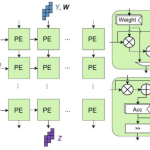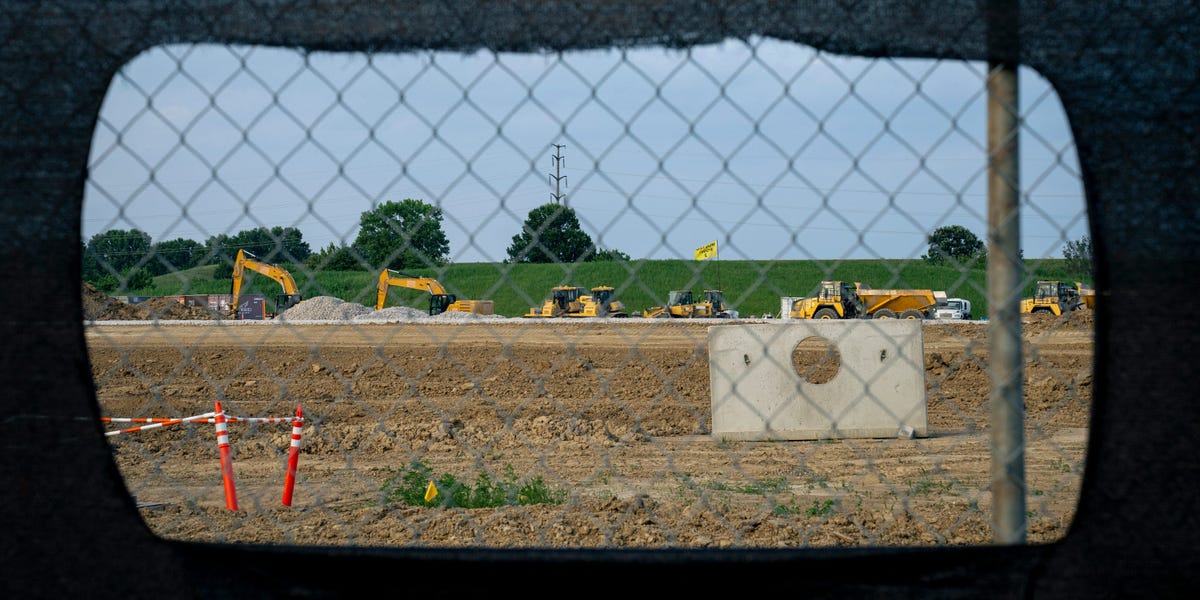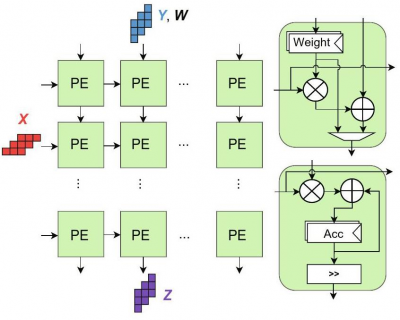Talk of an AI bubble doesn’t slow down Big Tech. Google, Meta and Microsoft are spending more than ever to build the backbone of the AI boom.
All three released their results on Wednesday, and all three told investors they would spend even more on the data centers and chips at the heart of their massive AI bets – raising their forecasts and saying 2026 would bring even higher spending than 2025.
Google said it now plans to spend between $91 billion and $93 billion this year on capital expenditures. That’s up from the $85 billion figure he gave analysts and investors in July, which was itself an increase from forecasts given in April.
“We are investing to meet customer demand and capitalize on growing opportunities within the company,” CEO Sundar Pichai said in the company’s earnings press release. Google reported record revenue of $102.3 billion for the quarter.
Microsoft said it spent $34.9 billion on capital expenditures in the quarter, up from $24.2 billion the previous quarter, as “demand further outpaced supply” for its cloud computing capacity. Amy Hood, the company’s chief financial officer, told investors it would spend more in 2026 than in 2025, “increasing our spending on GPUs and CPUs.” Its revenues increased by 18%, to almost $78 billion.
Meta updated its 2025 investment forecast to $70 billion to $72 billion, up from its previous forecast of $66 billion to $72 billion, and CFO Susan Li said 2026 would bring even more AI spending, “with growth primarily driven by infrastructure costs.” It reported revenue for the quarter of $51.2 billion, beating Wall Street estimates of $49.5 billion.
As big tech collectively spends hundreds of billions of dollars on AI infrastructure, analysts and investors have begun to sound the alarm about an AI bubble.
The findings could allay some of those fears, proving that big tech is generating significant revenue from its AI products and services, perhaps allowing them to one day recoup their investments.
Gil Luria, an equity analyst at DA Davidson, takes a middle-ground stance on the formation of a bubble. “These companies represent real demand,” he said. “So if they buy more chips and build more data centers, that’s healthy.”
“We’re also seeing some sparkling elements,” he said. Companies borrowing tens of billions of dollars for speculative investments and circular spending, such as Nvidia investing in cloud computing provider CoreWeave, are worrying. “This is unhealthy behavior.”
“Both things are happening,” he said. “It depends on which side of the elephant you look at.”
Earlier this quarter, Business Insider estimated that these three companies, along with Amazon, would spend $320 billion in investments in 2025, primarily on AI infrastructure. That’s more than Finland’s GDP and just below the total revenue generated by ExxonMobil in 2024 – and that figure is now set to be even higher with the recently announced spending.
On Tuesday, chipmaker Nvidia CEO Jensen Huang gave a glimpse of the company’s capital spending when he said his company has $500 billion in orders for chips that power artificial intelligence.
Jacob Sonnenberg, portfolio manager at Denver-based Irving Investors, said Wednesday’s results were consistent with that announcement.
“The capital spending trends tonight support what Jensen said,” he said. “People were expecting big numbers and they got big numbers.”
Even if it’s not a bubble, spending on AI can’t continue indefinitely, Sonnenberg said. Investors then have difficulty predicting when a slowdown will occur. Earlier this month, Apptopia, which measures app usage, reported that the number of active OpenAI users had begun to stabilize.
Luria says that even if there is a bubble, the pain when it bursts likely won’t be felt by big tech companies, which have millions of customers and can use their computing capacity regardless. This will be felt by other companies downstream.
“The problem is with CoreWeave, Oracle and these companies,” he said. “If they get stuck with that capacity, they’re not going to have anything to do with it. They don’t have customers, they don’t have an internal use for it. That’s where the problems will be.”










